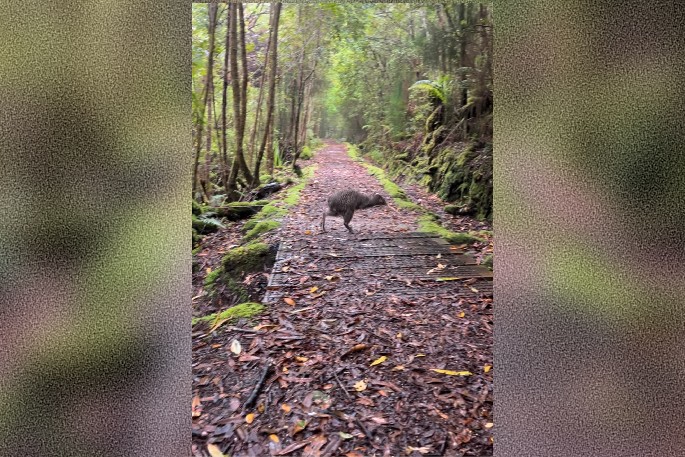This Content Is Only For Subscribers
Ongoing predator control work over 25,000ha in the Heaphy valley in Kahurangi National Park has resulted in growing numbers of birds and bats, a recent monitoring report shows.
Notably, within the Department of Conservation managed area, great spotted kiwi/roroa call rates have risen from 6.67 calls/hour in December 2021 to 8.33 calls/hour in December 2023. More frequent calls represent a rising population of kiwi in the project area.
Roroa are found throughout the northwest South Island, but Kahurangi National Park is a stronghold.
DOC Buller District operations manager Suvi Van Smit says that kiwi are again resident in the Heaphy Hut area, and have been seen regularly along the Heaphy Track Great Walk.
“It’s great to see the population of this taonga species slowly growing in this area, and an added bonus that walkers on the Heaphy Track might encounter a kiwi.”
The discovery is an excellent example of kiwi success stories that are being celebrated as part of Save the Kiwi Week (October 14-20)
Other bird species have also benefited from predator control, with rifleman/titipounamu, robin/toutouwai, tui and weka numbers rising in the Lewis area and more robin, tui, grey warbler/riroriro, tomtit/miromiro and weka on Mackay Downs.
Long tailed bat/pekapeka activity has also shown a continuing upward trend from 2015 to 2024, with 25 acoustic recording devices along the Heaphy and Gunner rivers recording increasing activity levels.
The gains for birds and bats have occurred because of the work through DOC’s National Predator Control Programme to suppress numbers of introduced predators, such as stoats, rats and possums which prey on birds, their young and eggs, as well as bats. The Heaphy catchment has trapping around huts and has been treated with aerial 1080 on average every year and a half in the past 10 years.
DOC has also been carrying out weed control and monitoring in the area. The coastline has been surveyed for sea spurge, an aggressive coastal weed which was detected on the coastline in the area in 2020, with no further plants found.
The work to enhance native wildlife in the Heaphy valley is funded more than 35 years from Bathurst Resources 2013 compensation for the loss of biodiversity values from the Escarpment Mine operation on the Denniston Plateau.



